Say I have a data frame with the sample:
structure(list(V1 = c(1L, 1L, 1L, 2L, 2L, 2L, 2L, 2L, 2L, 2L,
2L, 2L, 3L, 3L, 3L, 3L, 3L, 3L, 5L, 5L, 5L, 5L, 5L, 5L, 6L, 6L,
6L, 6L, 6L, 7L, 7L, 7L, 9L, 9L, 9L, 13L, 13L, 13L, 15L, 15L,
18L, 22L, 26L, 26L, 26L, 26L, 26L, 26L, 26L, 26L, 26L, 26L, 26L,
26L, 27L, 27L, 28L, 32L, 32L, 32L, 32L, 32L, 36L, 36L, 36L, 36L,
36L, 36L, 36L, 37L, 37L, 37L, 37L, 37L, 37L, 38L, 38L, 38L, 38L,
38L, 39L, 39L, 39L, 39L, 40L, 40L, 40L, 41L, 41L, 42L, 45L, 45L,
45L, 45L, 47L, 47L, 47L, 48L, 50L, 50L, 51L, 53L, 53L, 54L),
V2 = c(2L, 7L, 20L, 3L, 5L, 6L, 7L, 13L, 15L, 18L, 19L, 20L,
4L, 5L, 6L, 7L, 9L, 12L, 6L, 9L, 12L, 13L, 15L, 18L, 7L,
9L, 13L, 15L, 18L, 9L, 20L, 44L, 12L, 27L, 44L, 15L, 18L,
58L, 16L, 18L, 19L, 23L, 27L, 28L, 29L, 32L, 45L, 47L, 50L,
51L, 52L, 53L, 54L, 55L, 28L, 29L, 29L, 45L, 47L, 53L, 54L,
55L, 37L, 38L, 39L, 40L, 41L, 42L, 43L, 38L, 39L, 40L, 41L,
42L, 43L, 39L, 40L, 41L, 42L, 43L, 40L, 41L, 42L, 43L, 41L,
42L, 43L, 42L, 43L, 43L, 47L, 53L, 54L, 55L, 53L, 54L, 55L,
49L, 51L, 52L, 52L, 54L, 55L, 55L), N = c(1L, 1L, 1L, 1L,
1L, 1L, 2L, 1L, 1L, 2L, 1L, 1L, 2L, 1L, 1L, 1L, 2L, 1L, 2L,
1L, 1L, 1L, 1L, 1L, 1L, 1L, 1L, 1L, 1L, 2L, 1L, 1L, 1L, 1L,
1L, 1L, 1L, 1L, 1L, 1L, 1L, 1L, 1L, 1L, 1L, 1L, 1L, 1L, 1L,
1L, 1L, 1L, 1L, 1L, 1L, 1L, 1L, 1L, 1L, 1L, 1L, 1L, 1L, 1L,
1L, 1L, 1L, 1L, 1L, 1L, 1L, 1L, 1L, 1L, 1L, 1L, 1L, 1L, 1L,
1L, 1L, 1L, 1L, 1L, 1L, 1L, 1L, 1L, 1L, 1L, 1L, 1L, 1L, 1L,
1L, 1L, 1L, 1L, 1L, 1L, 1L, 1L, 1L, 1L)), row.names = c(NA,
-104L), class = c("data.table", "data.frame"))
How should I structure this in order to be able to cluster these using cor(), dist() and hclust()?
For your information V1 and V2 are material numbers. N = Frequency of how often they appear together in the same order. I can also change the N, to a number between 0 - 1 to represent the correlation, if that makes it easier.
To my knowledge I have to change it to a matrix first, that look like this, where V1 can be the rows and V2 the column and N the values. But I don't know
1 2 3 4 ...
1 0 1 1 4
2 1 0 2 2
3 1 4 0 1
4 1 0 3 0
...

